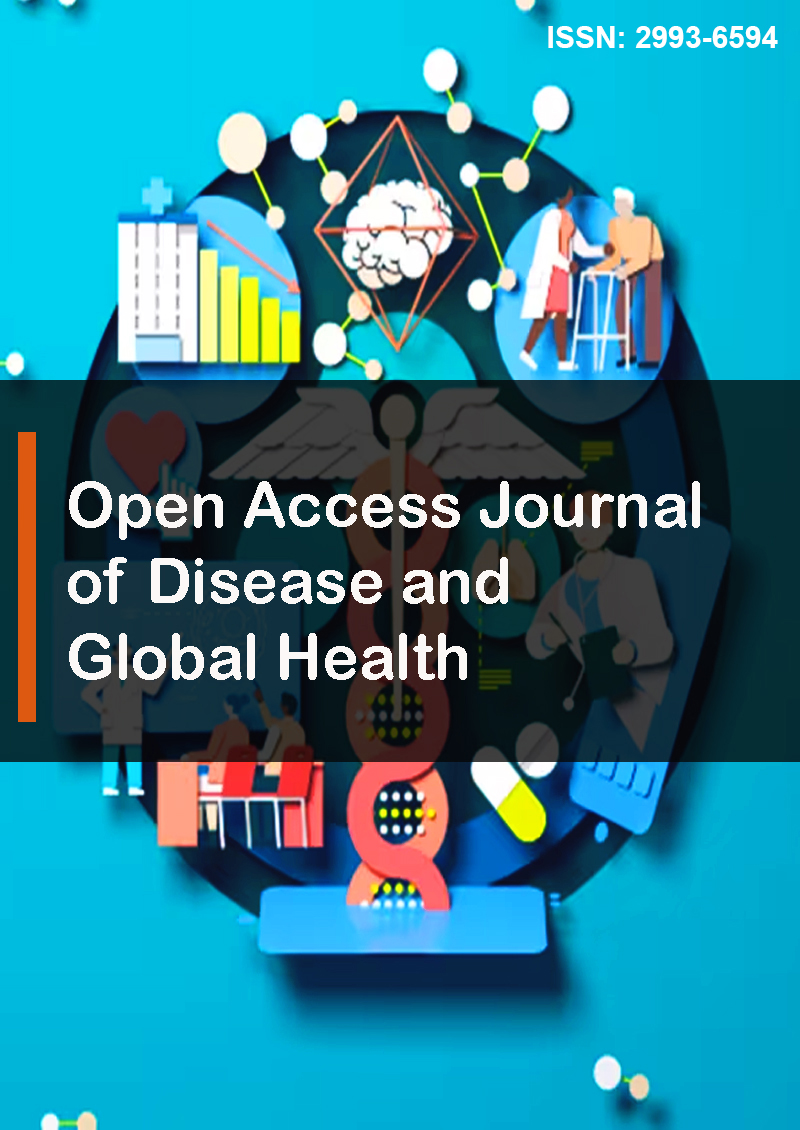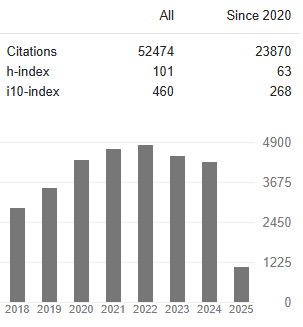A Rare Case of Subhepatic Acute Appendicitis: A Case Report
Abstract
Abdi Tesemma, Miheret Adane, Mohammid Hamid, Girma Beressa, Demisu Zenbaba and Abdulhafiz Mohammed
Background: Acute appendicitis is the inflammation of the vermiform appendix, which is located in the right lower quadrant of the abdomen. It is common in the first and second decades of life with clinical presentation of periumbilical colicky pain that later shifts to the right lower quadrant and is associated with nausea, loss of appetite, vomiting, and low-grade fever. Sub-hepatic acute appendicitis is one of the rare causes of acute abdomen that mimics liver, gastric, and renal pathologies as a differential diagnosis. It needs a high index of clinical suspicion to consider sub-hepatic acute appendicitis for per umbilical colicky pain that later shift to the right lower or upper quadrant of the abdomen. On physical examination, right quadrant tenderness is detected. Ultrasonography is inconclusive in diagnosis and high clinical suspension is needed in resource-limited areas, and appendectomy is the mainstay of treatment.
Case Presentation: We present a twelve-year-old Ethiopian boy from south-east Ethiopia, Bale Zone, after he presented with peri- umbilical colicky pain for one day that later shifted to the right upper quadrant. In association with this, he has nausea, vomiting, loss of appetite, and a low-grade fever. On clinical examination, direct tenderness at the right quadrant was detected. Blood tests showed leukocytosis with a left shift. Ultrasound was inconclusive at first and repeated with the high clinical suspension of sub hepatic appendix revealed acute appendicitis and through midline incision appendectomy was performed with good outcome.
Conclusion: Sub-hepatic acute appendicitis is one of the rare atypical presentations of acute appendicitis for which a diagnosis dilemma is encountered. It needs a high index of clinical suspicion in periumbilical pain that shifts to the right quadrant in the preoperative course to settle the diagnosis and perform an appendectomy ahead of its complication.




